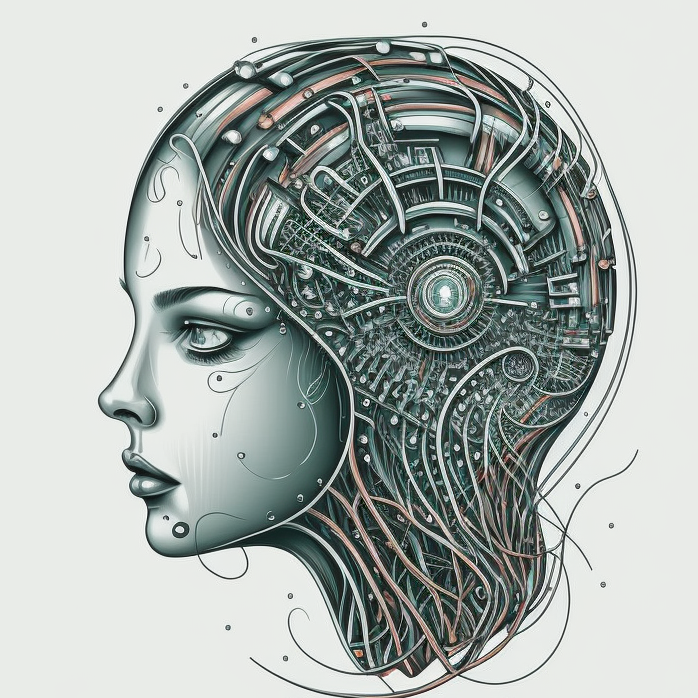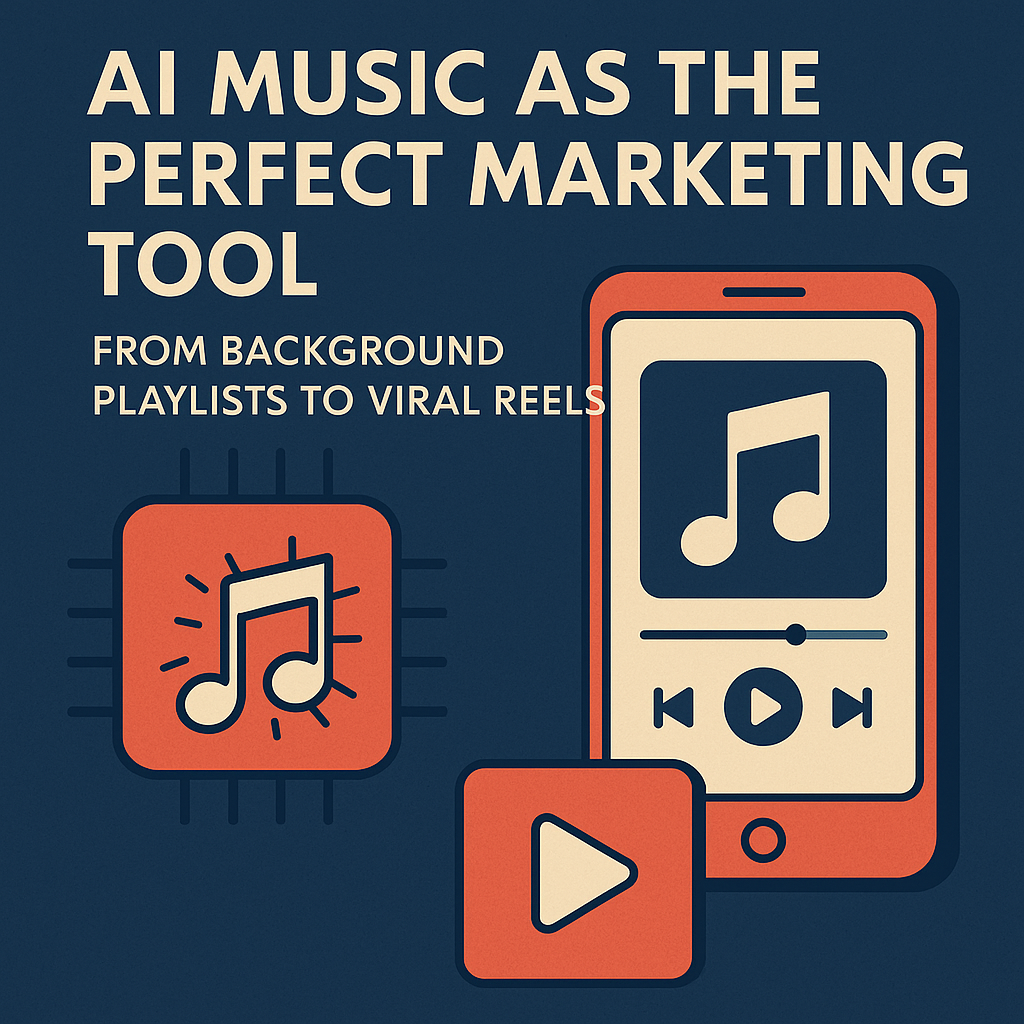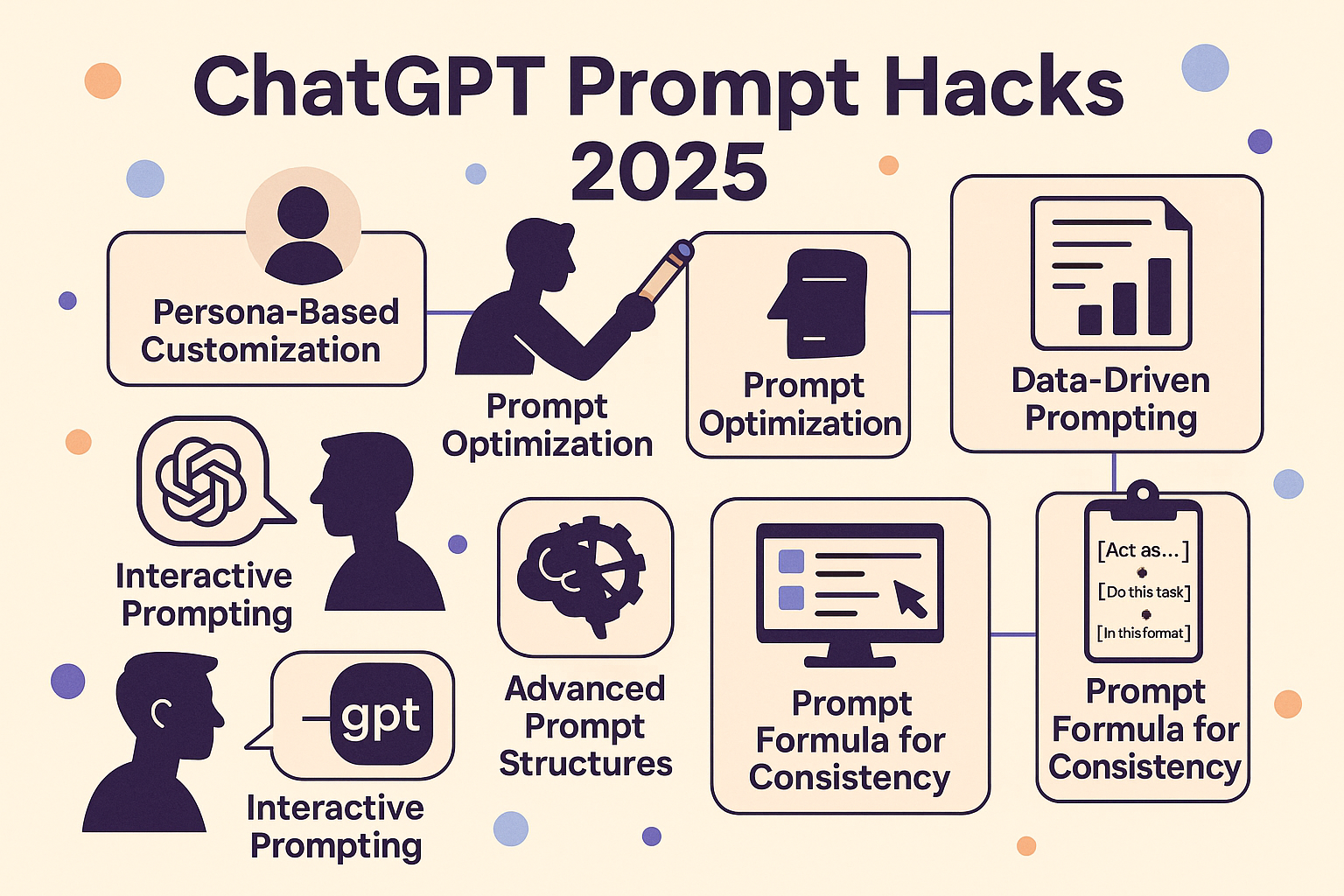Multimodal AI: The Future of Human-AI Interaction
Exploring the Evolution and Applications of Multimodal AI in 2024
In 2024, the landscape of artificial intelligence has taken a significant leap forward with the advent and integration of multimodal AI. This technology is not just a buzzword but a pivotal development in the realm of AI, marking a shift from traditional, unimodal systems to more sophisticated, human-like interactions.
Understanding Multimodal AI
Multimodal AI systems are those that can process and understand multiple types of input data, such as text, images, sound, and even videos. This contrasts with traditional AI models that typically specialize in one type of data. The power of multimodal AI lies in its ability to mimic human sensory and cognitive abilities, creating more natural and intuitive user experiences.
The Rise of Multimodal Systems
Popular multimodal systems like Midjourney, Runway, and Dall-E have demonstrated the potential of AI to generate creative and accurate outputs based on text prompts. Advanced models like GPT-4 have pushed these boundaries further, offering refined text generation and better context understanding. These systems are not only revolutionizing how we interact with machines but are also opening new doors in creative and analytical fields.
Real-World Applications
Multimodal AI's diverse training on various media types enables these systems to interpret and interact with complex real-world scenarios effectively. This has led to their application across several industries:
- In healthcare, multimodal AI can enhance diagnostic precision by analyzing data from multiple sources, including electronic health records.
- Retailers are using generative AI to create marketing images and videos, revolutionizing brand promotion.
- Customer service benefits from the ability to present information in multiple formats, leading to enhanced user experiences.
- In education, multimodal AI elevates learning experiences with adaptive content and VR/AR devices.
- Financial services utilize next-gen AI for robust fraud detection by analyzing textual, vocal, and transactional data.
Challenges and Future Outlook
While the advancements are promising, multimodal AI systems still face challenges in accurately interpreting complex scenarios and understanding nuanced contexts. Additionally, ethical and privacy concerns, especially regarding the handling of sensitive data, remain paramount.
The industry is optimistic about the future of multimodal AI, with continuous advancements expected to make these systems smarter, more useful, and versatile. The role of human-machine collaboration is also crucial in driving innovation in this technology.
Conclusion
Multimodal AI represents a paradigm shift in AI development. As we move forward, it's clear that these systems will play a crucial role in various sectors, making interactions more intuitive and expanding the possibilities of AI applications.



